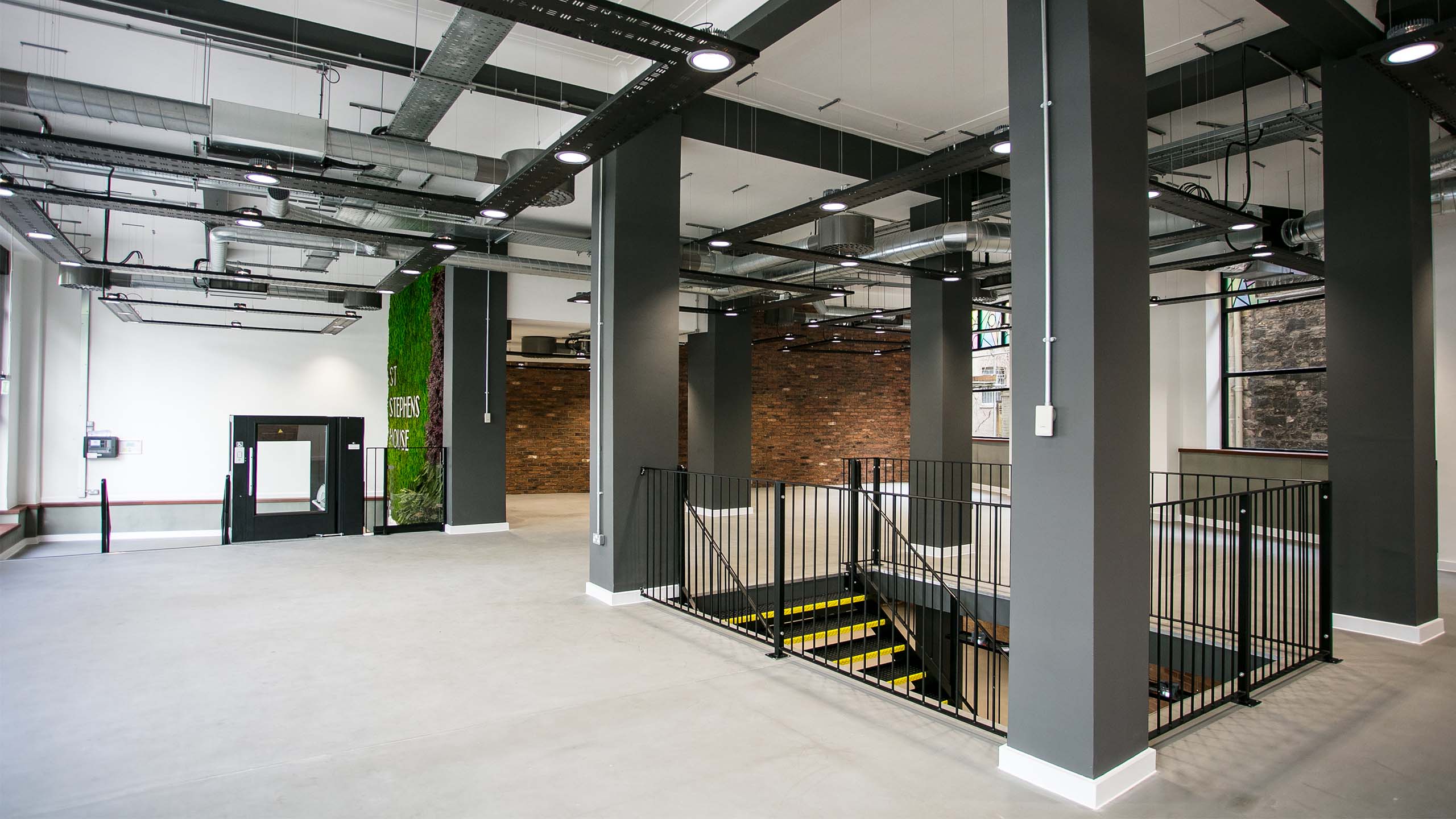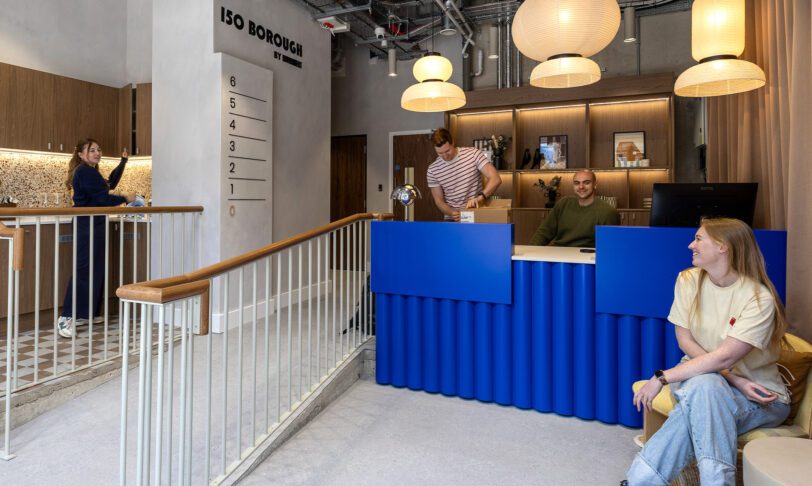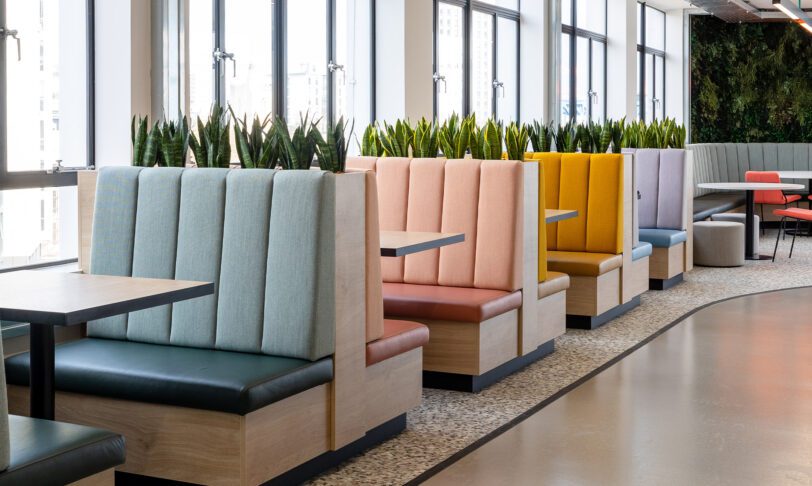Commercial lease expiry: what should I do?
If your lease is expiring within 18 months the chances are you need to decide if you should stay in your present location or move somewhere better suited to your current requirements.
The primary factor is of of course whether your current premises is still as well-suited to your needs as the day you moved in. However there are also factors to consider.
Lease: what are the parameters of your lease agreement? You’ll need to evaluate how long you have left on your lease, any early release penalties and what the clauses are for subletting or passing on your space.
Landlord: what’s your relationship with your landlord like? It’s worth finding out what they will offer to keep you as tenants; they may help fund renovation works or offer other incentives to stay.
Location: How tied are you to your location? Is it a factor in recruiting and retaining talent?
Once these basic questions have been addressed it may be time to dive a little deeper and review your overall workplace strategy:
- How have your organisational need evolved – and does your current workspace function for your business now?
- Does your workspace offer what your employees require to thrive?
- How has your footprint changed – and are you planning for growth or downsizing?
- Does the layout of your workspace facilitate any new ways of working your staff have adopted?
- Is your technology infrastructure still up to scratch?
- Have you considered the current tax benefits available should you carry out a refurbishment or move?

Should I stay or should I go?
Although refurbishing an existing space can be a cost-effective way to bring new energy to an organisation, moving to an entirely new space allows you to take a comprehensive approach to modern amenities, sustainability and possibly even allows a fresh start for your business culture.
Moving office should be a chance to reimagine elements of your organisation from the ground up – a new start, or a blank sheet of paper on which you can map out a new vision.
This is a great time to consider a feasibility study – a strategic investigation into what’s required and how necessary or realistic an office move might be compared to a refurbishment, or simply doing nothing.
Your workplace strategy should inform the space you choose – not be driven by it.
Many organisations, on deciding they need a new office immediately jump to calculating the square footage they require, then look for a space that matches.
However, they will be missing some crucial steps in this journey – a developed workplace strategy will guide them in many vital aspects, not just raw square footage.
From culture to the impact of a new commute, having a defined workplace strategy can exponentially increase the benefits of a new workplace.

Move, downsize or reconfigure your workplace
Interaction currently work with a number of clients across the UK to help them introduce hybrid working from a behavioural and policy aspect as well as the physical workplace design and build.
We help them scope:
- Budgets
- Space requirements
- Potential locations
- Approach to sustainability
- The suitability of your existing space for your business strategy
- The cultural impact of a move, including retention and recruitment
- New and optimum ways of working
- Timelines and legalities
- Stakeholder management and internal communication strategy
A feasibility study will set the stage for a successful project, whether you decide to move, downsize or simply reconfigure your existing space.
Get in touch to find out how we can help you make the right choices for your business: [email protected]



